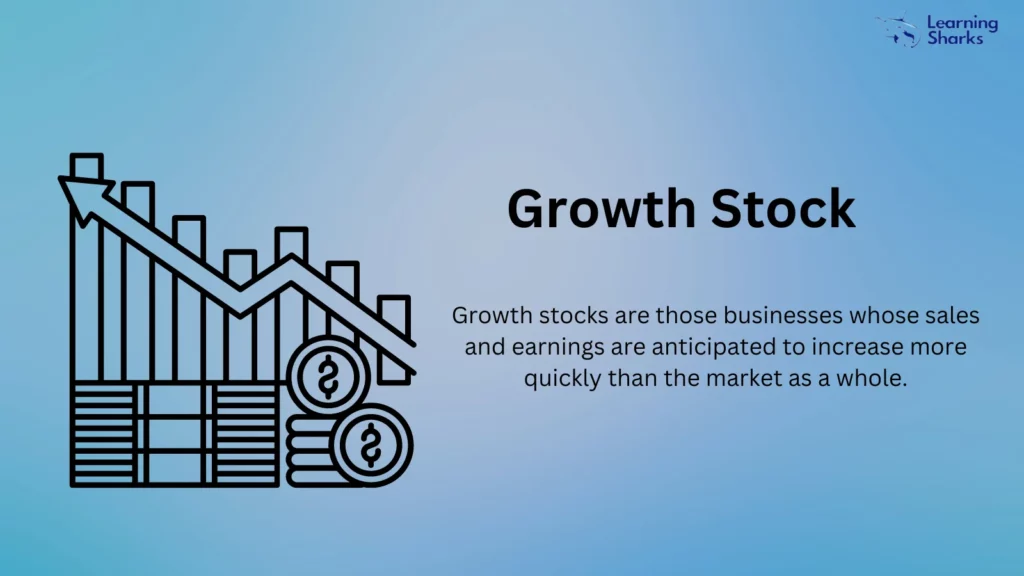
With the exception of a few larger companies that fall into the category of penny stocks due to severe underperformance, there is very little information available on the market for the majority of penny stocks. They could eventually become multi-baggers because they are currently so inexpensive.
Learn all you need to know about penny stocks right here.
What are Penny Stocks?
Penny stocks are companies with very low market capitalizations and very low share prices, typically under Rs 20 per share. The market capitalization of a company is the sum of its trading market-available shares.
Features of Penny Stocks
The features of penny stocks are listed below –
- Illiquid
Penny stocks have a low level of liquidity. This indicates that they are traded in much smaller volumes than other market stocks. When we say that a stock is illiquid, we mean that it might be challenging to locate buyers and sellers for it in the market.
- Return
This one is difficult. The common belief that penny stocks offer extremely high returns is unfounded.
While it’s true that because the stocks are so cheaply priced, there is a good chance that they will increase to several thousand dollars and provide you with higher and faster returns than businesses that have already attained that point, it’s also true that you would then be navigating murky waters. The stocks’ potential to become multibaggers is not guaranteed.
- Multibagger
Some of these Multibagger Stocks could develop into Multibagger Stocks. It refers to shares that pay out multiples of the investment. A particular security is referred to as a double-bagger if it returns twice the amount invested, and a ten-bagger if it returns ten times the amount invested.
By including them in your portfolio, you could dramatically improve your chances of seeing returns and possibly outperform large- and mid-cap funds. To determine which stocks have the potential to be multibaggers, do thorough research before selecting any penny stocks.
Example
Mr. A put 5000 rupees into penny shares of the IT startup G Ltd. Cost per unit is Rs 5.
The company made strong market bids, and at the end of the FY 18–19, the value of their penny stock was Rs 50. Mr. A then sold his 1,000 shares for Rs50,000, making a profit of Rs10,000. Ten-bagger status is accorded to this stock.
- Unpredictable Pricing
It’s possible that penny stocks won’t fetch a fair price when they’re sold. The profit margin might be smaller or nonexistent as a result.
Similar to how these stocks might sell for significantly more than you paid for them, making a sizeable profit.
Pros and Cons of Penny Stocks
Investing in Penny Stocks comes with lot of advantages as well as risks. Have a look at th following pros and cons of penny stocks before starting your investment.
Advantages of Penny Stocks
- Despite their high volatility, penny stocks have the potential to achieve extraordinary gains. They are a popular choice among investors because they have the potential to deliver rapid growth in a short amount of time.
- You can achieve sizable profits by investing only a small sum of money.
- The majority of penny stock traders begin with modest sums. One may only be able to buy three or four shares of a blue-chip company with Rs. 1000 to trade. For the same amount of money, they might purchase thousands of penny stock shares.
- Not all penny stocks have volatile price changes. Conversely, those that do frequently result in significant price changes over days as opposed to years.
Disadvantages of Penny Stocks
- Lack of liquidity makes it challenging for holders to withdraw their money. Low volume penny stock trading is common.
- A type of fraud known as the “pump and dump” strategy is used in microcap stocks and involves artificially raising share prices to the point where false statements about the company’s position are made.
FOR MORE INFO CLICK THIS SITE:https://learningsharks.in/
FOLLOW OUR PAGE:https://www.instagram.com/learningsharks/?hl=en









